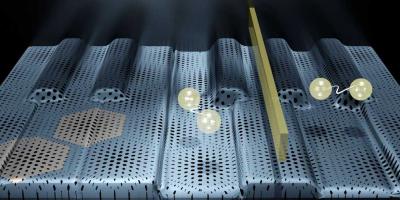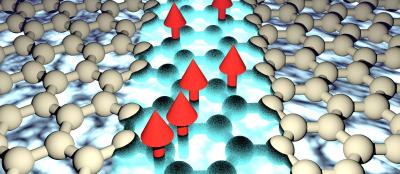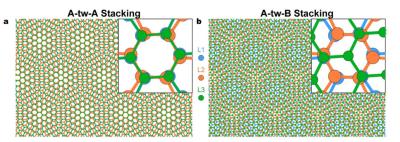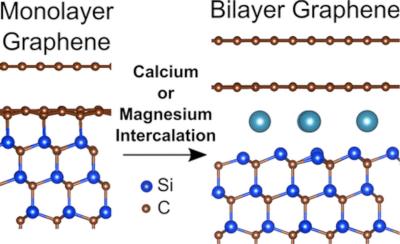
by MBF Admin | May 5, 2021 | 2D materials, Aerospace, AGM, Angstron Materials, Audio, Conductors, Development, Investment, Products, Research, Technical / Research
Researchers at ETH Zurich, led by Klaus Ensslin and Thomas Ihn at the Laboratory for Solid State Physics, have succeeded in turning specially prepared graphene flakes either into insulators or into superconductors by applying an electric voltage. This technique is...

by MBF Admin | Apr 29, 2021 | 2D materials, Aerospace, AGM, Angstron Materials, Audio, Conductors, Development, Investment, Magnetism, Products, Research, Technical / Research
Researchers from Spain, Finland and France have demonstrated that magnetism and superconductivity can coexist in graphene, opening a path towards graphene-based topological qubits.Schematic illustration of the interplay of magnetism and superconductivity in a graphene...
by MBF Admin | Mar 21, 2021 | 2D materials, Aerospace, AGM, Angstron Materials, Audio, Conductors, Development, Flexible, Graphene applications, Investment, Medicine, Products, Research, Technical / Research
An interdisciplinary research team of the Research Training Group (RTG) 2154 “Materials for Brain” at Kiel University (CAU) has developed a method to produce graphene-enhanced hydrogels with an excellent level of electrical conductivity. What makes this...
by MBF Admin | Mar 19, 2021 | 2D materials, Aerospace, AGM, Angstron Materials, Audio, Conductors, Development, Graphene applications, Investment, Products, Research, Technical / Research
A research team, led by Brown University physicists, has found a new way to precisely probe the nature of the superconducting state in magic-angle graphene. The technique enables researchers to manipulate the repulsive force – the Coulomb interaction – in...

by MBF Admin | Feb 2, 2021 | 2D materials, Aerospace, AGM, Angstron Materials, Audio, Conductors, Development, Investment, MIT, Products, Research, Technical / Research
When two sheets of graphene are stacked atop each other at just the right angle, the layered structure morphs into an unconventional superconductor, allowing electric currents to pass through without resistance or wasted energy. This “magic-angle” transformation in...

by MBF Admin | Sep 17, 2020 | 2D materials, Aerospace, AGM, Angstron Materials, Audio, Conductors, Development, Electronics, Graphene applications, Investment, Products, Research, Technical / Research
Researchers from Australia’s Monash University, U.S Naval Research Laboratory, University of Maryland and IMDEA Nanociencia in Spain have confirmed what actually happens to calcium atoms that are added to graphene in order to create a superconductor:...





